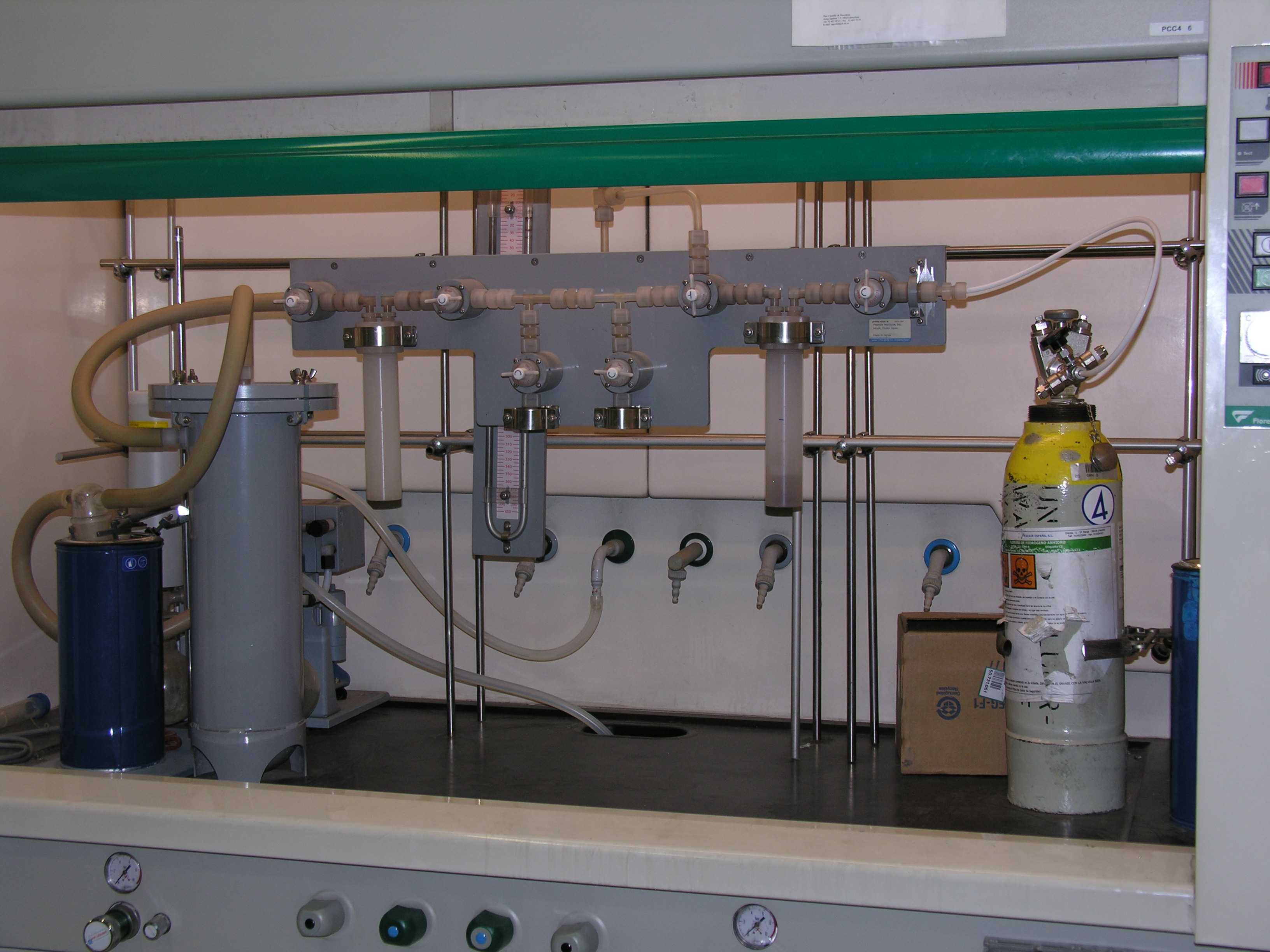U6-S07. Interactions of two biomolecules with respect to binding kinetics and affinity by surface plasmon resonance (SPR).
Interactions of two biomolecules with respect to binding kinetics and affinity by surface plasmon resonance (SPR).
Technically speaking, SPR refers to an optical phenomenon that enables monitoring of changes in refractive index via a quantum mechanical principle.
In a traditional SPR experiment:
- A target is immobilized or captured onto a surface known as a sensor chip.
- A pump is used to flow analytes over the sensor chip.
- An optical measurement system captures changes occurring on the surface of the sensor chip.
- Software plots time-dependent responses in the form of a graph called a sensorgram.
Customer benefits
With SPR, you can determine the rates and affinity of interactions between biomolecules and answer multiple questions using a single instrument.
SPR is the gold standard for analyzing biomolecules, providing:
High quality kinetics (association and dissociation constants, plus equilibrium)
- Real-time data acquisition.
- Label-free analysis.
- Faster, automated experiments.
- Lower sample consumption.
SPR’s flexibility lets you study biomolecular interactions in a wide variety of analytes, from small molecules in drug discovery to peptides, proteins, DNA, viruses, and even whole cells. SPR allows for:
- Simple yes/no binding
- Equilibrium studies
- Complex kinetic analyses
- Thermodynamic analysis
- Concentration determination
Target customer
- Pharmaceutical industry
- Food Industry
- Chemical industry
- Materials research centers









